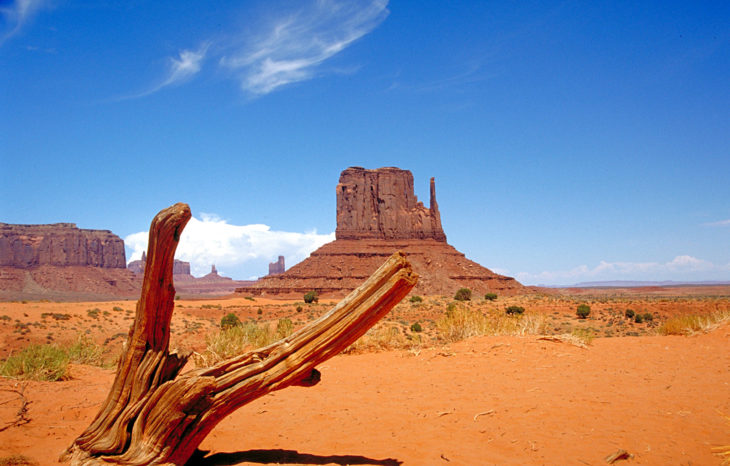
The American desert region spans across the west, crossing several borders from Southern Oregon and Idaho to Northern Mexico. There are four major deserts in North America: The Great Basin, Mohave, Chihuahuan and Sonoran. It is a vast landscape often thought to be a harsh and uninviting environment. But, the untouched beauty of the desert provides an interesting backdrop for adventure, unconventional aesthetics and interesting histories that paint a very different picture indeed. While the desert is a tough place to live for the critters who live in it, there are many thriving towns nestled in the landscape that offer visitors so much more than the eye can see. From quirky architecture to well-preserved historic sites and natural landmarks, the desert is littered with memorable escapes and adventures for the curious traveler. You need only explore a little further from what you know to experience these ten unconventional desert towns.
Tombstone, Arizona
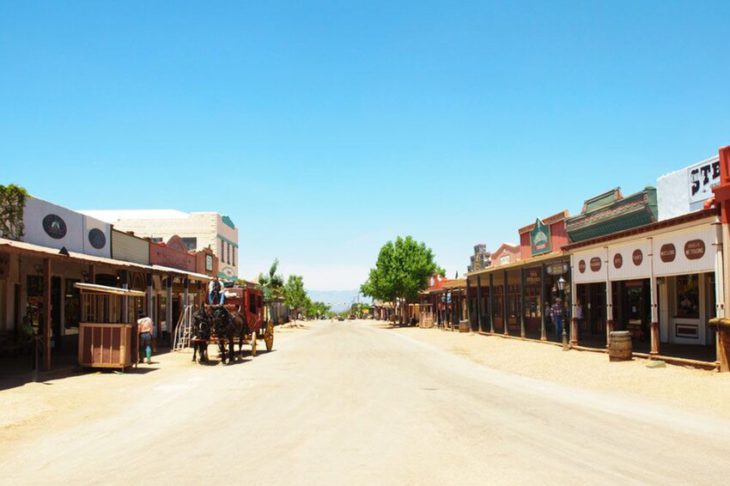
If you’re looking for an authentic taste of the old “Wild West,” Tombstone Arizona is the place. Despite its name, the small desert town of Tombstone is still as busy as ever and perhaps that’s thanks to its motto, “The Town Too Tough To Die.” You can choose to take the history tours on foot or by stagecoach or explore the underground mines. The town was founded by prospector Ed Schieffelin in 1877. Ed was part of a scouting expedition against the Chiricahua Apaches. He went looking for rocks, despite everyone’s warning him, the only rocks he’d find out there would be his tombstone. Nevertheless, he continued on his solo quest, which proved to be very fruitful. Ed came across silver rocks and promptly named his first mine Tombstone. The town is famous for one thing, the gunfight at OK Corral – which you can visit – on 26th October 1881. Those involved in the infamous duel were members of “The Cowboys” who had a run-in with Wyatt Virgil and Morgan Earp, along with the help of Wyatt’s friend Doc Holiday.
Marfa, Texas
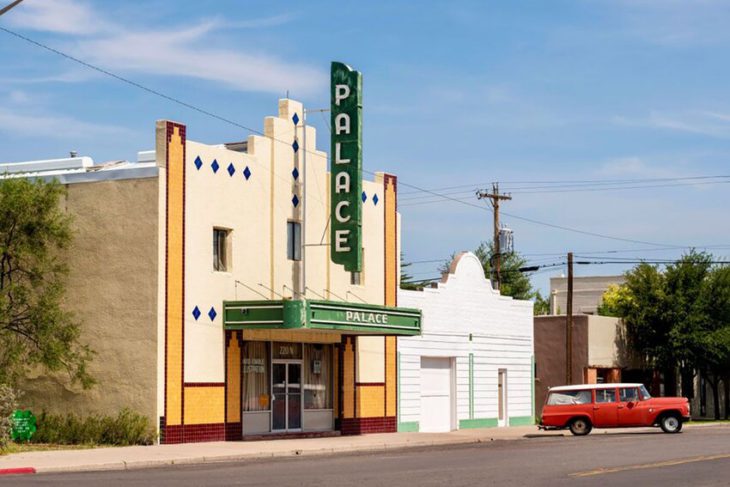
Before Donald Judd’s arrival from New York in 1970, the town of Marfa, Texas, was known only for its mysterious Ghost Lights. The town also operated as a water stop for Texas and New Orleans railroads. When the minimalist artist arrived in Marfa, his main reason for being there was to escape the art scene he claimed to loathe. He managed to procure an Army base and filled it with art before his death in 1994. Today, it attracts visitors to the Ghost Lights as well as the art district it has now become. 15 of Judd’s signature concrete boxes can be seen in a pasture. Visitors to the boxes must be warned, they do so at their own risk. There are other artworks to marvel at scattered all around the town. The quirkiest installation in the town, a fake Prada store, stands on the edge of a highway, anticipating patrons in the lonely landscape of Marfa. The shopfront was created by Michael Elmgreen and Ingar Dragset in 2005 and continues to attract visitors.
Arcosanti, Arizona
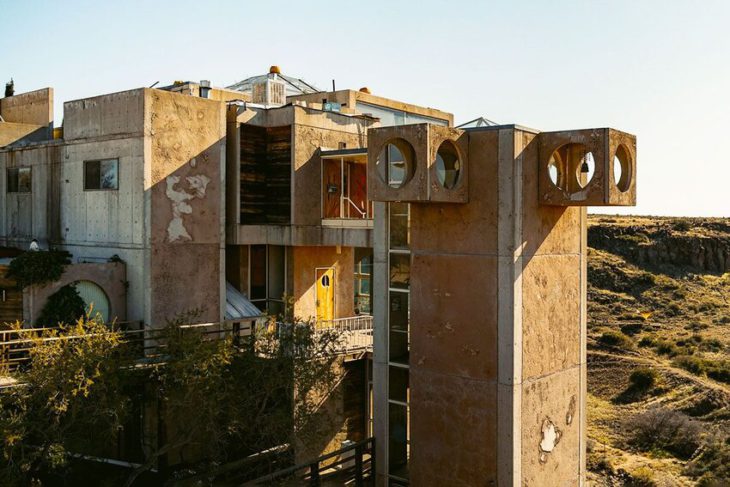
Arcosanti is the brainchild of architect Paolo Soleri who named his studio and later the foundation he built Cosanti, which loosely translates “against things” in Italian. He combined the principles of architecture with those of ecology to bring arcology to life in this experimental town in the Arizona desert. There are around 80 inhabitants living in Arcosanti today and the site attracts between 40 000 to 50 000 visitors every year. This is quite a dramatic increase from earlier years, thanks in large part to social media. Curious travelers, architects and designers are among the interested parties who visit Arcosanti. Once the construction was complete, those who moved in were mainly people who’d worked full time on some part of the project. The “work” at Arcosanti included construction, cooking and serving food, as well as constructing the Cosanti Windbells. The sale of bells along with the paid guided tours partly supports the project. The residents of Arcosanti are both permanent long-time dwellers, while others only make use of the residences part-time.
Roswell, New Mexico
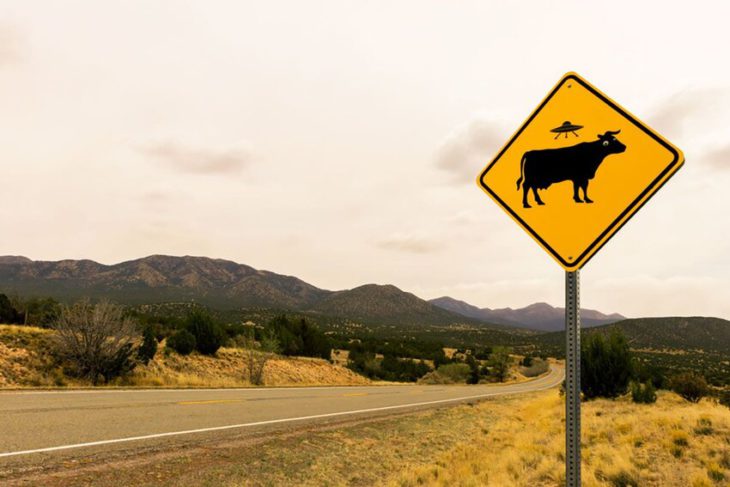
Roswell is first a major Ufology site and second a desert region in New Mexico. Although you can’t know for sure which came first, the aliens or the desert, it’s likely that Extraterrestrial enthusiasts would go with aliens first. The UFO buzz started in 1947 when a bunch of unidentifiable debris was uncovered by a rancher who’d taken his sheep out to pasture. For years it was believed to be the carnage of a UFO crash. However, this theory was swiftly disproved by the U.S military, who claimed it to be one of their balloons dropped during their secret atomic espionage project, Project Mogul. However, many ufologists still stand strong in the belief surrounding their theories about the incident. Roswell is home to the International UFO museum and research center. For visitors just wanting to see what Roswell has to offer outside of UFO sites, there are art and history museums as well as natural attractions to explore all over town.
Calipatria, California
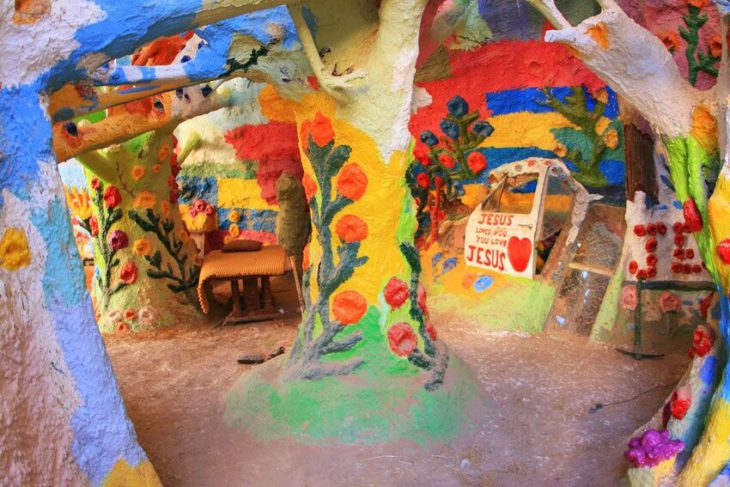
The City of Calipatria is most famously known for having the largest flag-pole in the United States. The city is also home to Slab City, a free campsite that offers visitors and retirees an alternative living community. The location of slab city used to be an old WWII army base. It has earned its name from the slabs of concrete that were left behind after the war. Another iconic attraction in Calipatria is Salvation Mountain. It’s a man-made mountain created by Leonard Knight, who has originally planned to construct a hot air balloon, which would have God’s message on it that he intended to spread across the harsh desert. Needless to say, the balloon didn’t happen as planned and instead, Salvation Mountain was born. It took 28 years to complete and half a million gallons of latex paint to cover the area. The local government tried to have it destroyed, citing toxic levels of lead in the paint. However, they had no luck tearing it down and after Knight’s death in 2014, close friends now watch over Salvation Mountain.
Virginia City, Nevada
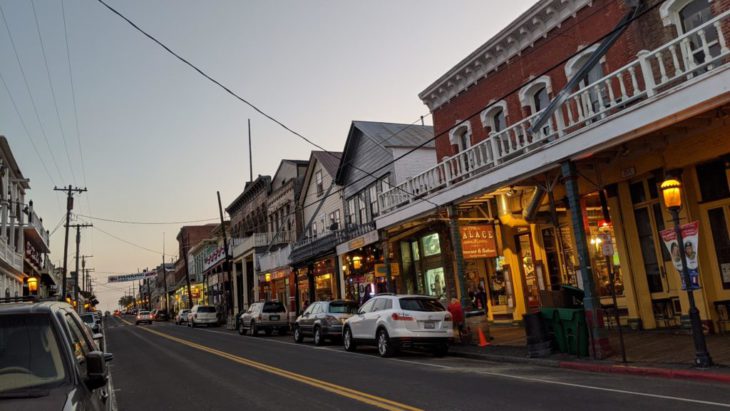
Virginia City has its origins in the Comstock Lode silver ore discovery. It’s also the first town in which Mark Twain spent his formative writing years. Twain spent two years in Virginia City, where he discovered his writing style and pen name by which he is known today. He, like many others of the time, had gone to Virginia to make their fortunes off the mines. The discovery of the Comstock Lode produced more money than the California Gold Rush 10 years before it, earning Nevada the nickname, “The Silver State.” Today, the town boasts a variety of sites, including ghost tours of the Hill Hotel and Saloon, Nevada’s oldest hotel where resident ghost Rosie is known to visit. Fans of the literary great Mark Twain can take a tour of the writer’s old haunts during his time in Virginia City. History lovers are sure to enjoy seeing the well-kept architecture dating back to the town’s inception many centuries ago. Although the mines of Virginia City have long since been vacated, the town is well preserved, giving visitors the closest experience they might’ve had during the late 1800s.
Grand Junction, Colorado
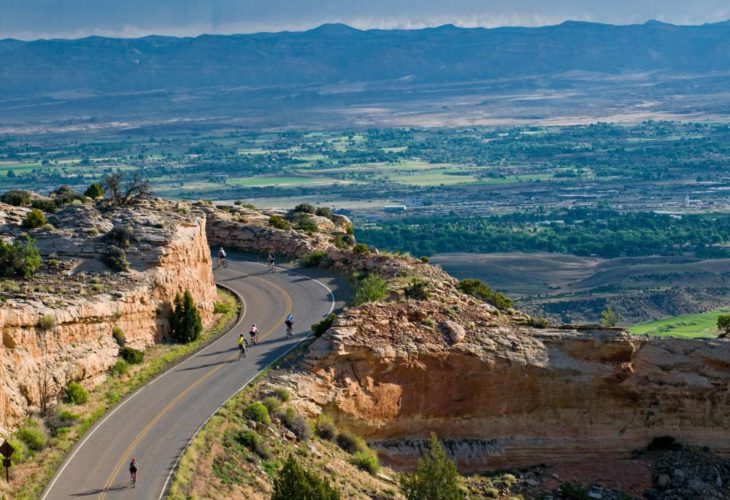
The desert is often thought to be a dry, barren landscape with nothing more than tumbleweeds and lizards to feast your eyes upon. But, there is so much to see and do in Grand Junction, Colorado. The town is home to the Colorado National Monument, which is likened to a smaller version of the Grand Canyon because of its red-rock formations, high vantage points and steep drop-offs. To the East of the Grand Junction, you will find the Grand Mesa, which is the largest flat-top mountain in the world. The Grand Junction offers around 1.7 million of state and federal protected land showcasing forests, lakes and mountains. These landscapes are explored through hiking, biking, stand-up paddleboarding and skiing the bodies of water at Grand Mesa. Grand Junction is the perfect escape for adventurers and thrill-seekers looking to explore the vast landscape of the Colorado desert region. But, beware of the Grand Valley Dirt Curse. Local legends say anyone born in Grand Valley may never leave. Only the soil collected from the Grand Mesa can save those plagued by this ancient Ute curse.
Ojo Caliente, New Mexico

If you travel just north of Sante Fe, you will come across the secluded sacred waters of the Ojo Caliente mineral springs. Native Americans of Northern New Mexico deem Ojo Caliente as a sacred site. For centuries, those who visited the spring have found it to have soothing properties for the mind, body and spirit. It is one of the oldest naturally occurring spas in the US. Ojo is also the only mineral hot spring with four different sulfur-free springs in the world. It is said that even in the snowy winter months, when temperatures drop, the waters of Ojo maintain a soothing 109-degree heat as they jet up from the springs. The Ojo Caliente Mineral Springs and Resort that houses the spring was built back in 1916, since then it has been renovated to include pools, massage rooms and accommodation for extended stays. The resort stands on 1100 acres of land surrounded by breathtaking mountainous landscapes. Travelers looking for a soothing spa escape in a sacred, natural environment would do well to check out Ojo Caliente.
Taos, New Mexico

Another beautiful desert destination around 70 miles North of Santa Fe and just further along from Ojo Caliente is the town of Taos, New Mexico. The town is situated along the edge of the Sangre de Cristo Mountains and spans nearly 6 square miles of land. Taos is famous for its art and has long been a muse for artists who first arrived in the town in the late 1800s. Adobe structures make up the unique architecture of Tao. Today, Taos is still home to a community of artisans and art lovers, with art galleries and studios littered all across town. The most notable creatives who’ve added to Taos’ rich art history are the likes of Georgia O’Keefe and Ansel Adams, who’ve both immortalized the town’s adobe architecture with their art. The multi-story Taos Pueblo is one of the most significant sites in the town. It is the only living Native American community that is both a UNESCO World Heritage Site and a National historic landmark. Taos Pueblo has been continuously inhabited for thousands of years and still stands today; a true testament to the resilience and sanctity of Native American history and culture.
Moab, Utah
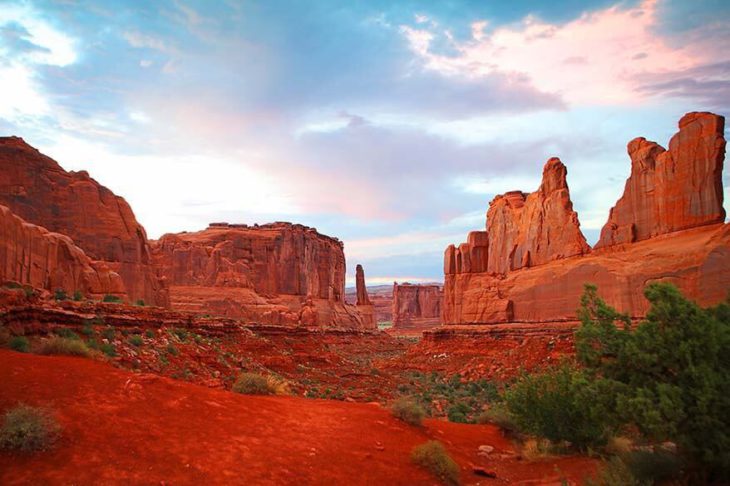
Moab Utah is famous for its red rock surrounds, creating a sea of slick sandstone that twists and turns throughout the landscape. Moab is mostly known to outdoor adventurers because it offers such vast space for exploring. Cyclists are drawn to the slick rock, which makes for the perfect terrain for a smooth ride while taking in the scenery. Rock climbers, river rafters, canyoneers and hikers will feel right at home in Moab. Although the town boasts many great outdoor activities, it also has a wide range of local breweries and restaurants to end off a long day of trekking. The rock canyons of the Arches National Park will provide more than enough entertainment for nature lovers who visit Utah. Visitors have documented more than 2000 natural stone arches in the park. The serene beauty of the landscape offers visitors a dreamlike escape. The red rock face gleams against clear blue skies making this desert town more than just an adventurous destination.
